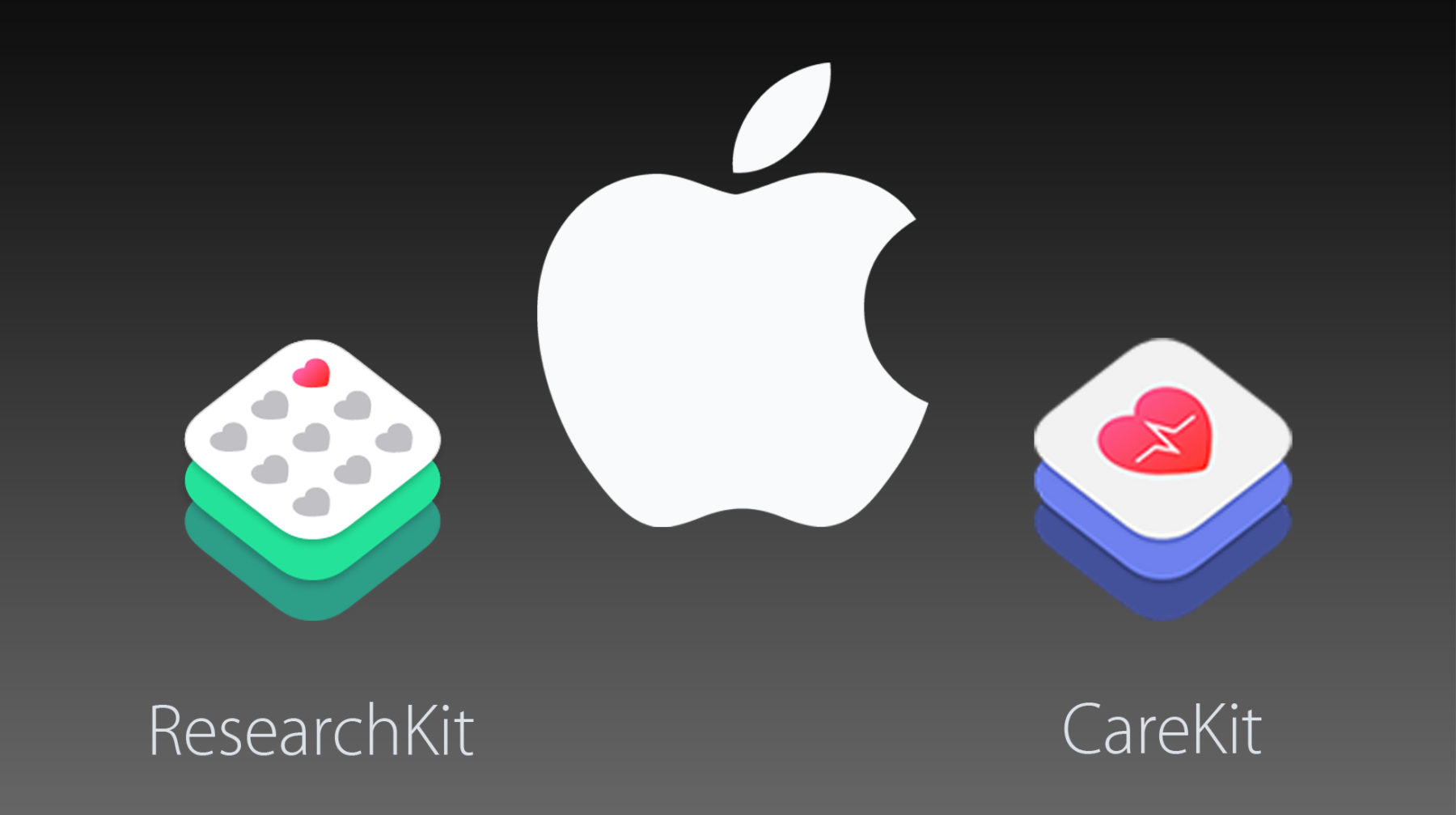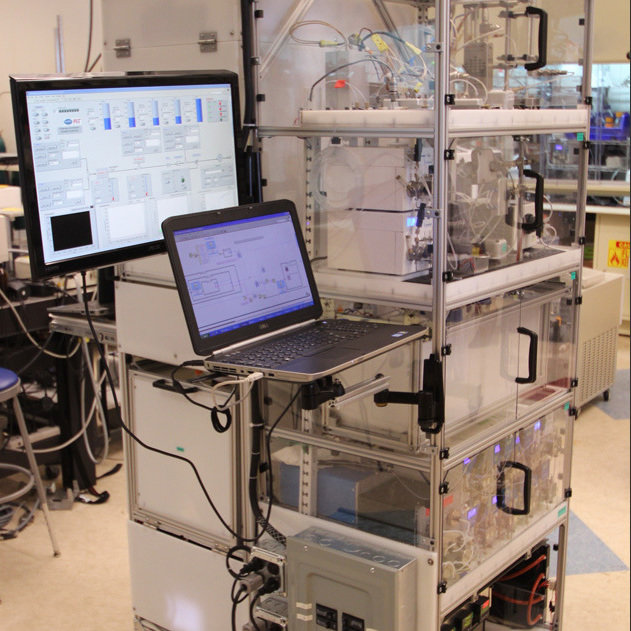When chess grandmaster, Garry Kasparov, lost to the IBM supercomputer Deep Blue in 1997, many in the chess world proclaimed the game dead. The defeat was a blow for humanity. What was the point of human mastery if it could be beaten by the brute force of computational repetition? Had artificial intelligence caught up with human intelligence? One of humanity’s great intellectual champions had been defeated without the use of today’s cognitive neural networks like IBM’s Watson or Google’s DeepMind.
But what actually happened was something altogether better than simple human mastery. “Centaur” chess emerged. Centaurs are human/artificial intelligence (AI) hybrids. Chess grandmasters play each other each armed with an AI, and the human master that strays from the algorithmic course the best, wins. Most of the chess world agrees it’s a much more exciting and rewarding form of the game. It’s the perfect marriage of human intuition and creativity with a computer’s ability to calculate chess moves and outcomes.
In healthcare, the massive rollout of EHRs was akin to Kasparov’s Deep Blue loss. Many physicians, struggling with minimally viable products, raced into market to ensure its adoption during Meaningful Use’s most lucrative years, proclaimed the art of practicing medicine dead. Try hinting to a physician that the EHR they’re using now will eventually make diagnosis recommendations on their behalf and you’ll be laughed out of the office (true story). But we all know in our gut, that “Centaur” doctors would be (will be) better for everyone.
Cognitive Computing Healthcare
Now the skeptics will say, “But wait, Deep Blue only had to sort out a finite amount of possible chess moves. Healthcare and medicine are different.” And they’d be right! Take the massive amount of unstructured data in health (some sources say 80% of all health data), such as pathology reports, clinical notes, consultant notes, physician notes, and hospital data, and make it actionable enough for clinical decisions to be made is the next big barrier. But we’re close!
Enter cognitive computing engines such as IBM’s Watson. Cognitive computing, in a nutshell, is the simulation of human thought processes in a computerized model. It involves self-learning systems that use data mining, pattern recognition, and natural language processing to mimic the way the human brain works. Watson is able to do what humans do when trying to solve problems using a disparate range of inputs, but at a massive scale. Imagine that your oncologist had access to (and knowledge of) every clinical trial ever run for every compound/therapy even remotely associated with your condition, as well as total understanding of your genome. Or a cardiologist who has seen 10,000 patients almost identical to you, both from a clinical reality standpoint and a behavioral standpoint, and can predict your reaction to a diagnosis and recommend a completely personalized treatment regimen.
In pharma, we’ve seen some companies flirting with similar technologies. Novartis has made some of the biggest bets across all aspects of their business—from drug discovery (Intellia Therapeutics CRISPR research), to clinical trials (Qualcomm’s “Trials of the Future”) to new commercial opportunities (Google’s “smart lens” contact licensing). Some bets may pay off sooner rather than later, but as we saw from maligned blood-testing startup Theranos, or the recent FDA rejection of the Otsuka/Proteus Digital Health collaboration of a sensor-fueled Abilify smart pill, the speed of technological progress in this industry can be (often justifiably) diminished by regulation.
The Growth of Digital Health
The exciting part is that it seems that despite having a tiny light at the end of the tunnel much farther away than the newest banal chat app or content consumption service, there is indeed still a light. According to VC investment firm Rock Health, Q1 of 2016 saw a 50% YOY growth in digital health investment despite a market correction in the overall Technology sector—and 2015 was a record year itself ($4.5b). Digital Health startups are surviving and thriving despite regulation because of the massive opportunities to fix problems that have been lingering for decades. The industry’s inability to innovate in areas such as holistic data integration, chronic disease management, and telemedicine has left the door open for new entrants.
This presents an opportunity for pharma companies. Many times the source of deceleration with many of these digital health startups is the building of trust within the communities in which they wish to thrive. Getting approvals and certifications, clinical validation, or any form of evidence of medical benefits can be a critical step in establishing trust with HCPs, patients, payors, or provider systems, and these things are directly in pharma’s wheelhouse. GSK’s partnership with Propeller Health to release a connected asthma inhaler is a good example of that (Propeller Health tried doing it on their own first using GSK’s product without GSK’s involvement). In some cases, the partnership proves so potentially lucrative that it becomes permanent (as in Teva Pharmaceutical’s recent acquisition of Gecko Health Innovations).
Are Tech Companies Pharma’s New Rivals?
And how about the massive established technology players—Facebook, Google, Amazon, and Apple? The “Gang of Four” as Clinical Professor of Marketing at NYU Stern School of Business Scott Galloway referred to them in an exhilarating and exhausting speech at the DLD conference earlier this year (“It’s Jeff, Larry, Tim, and Mark’s world, we just shop, search, text, and post in it”). How are these companies engaging pharma? Pharma can certainly learn some things from them.
Amazon is brilliant in supply chain, data, and logistics. Facebook has an unrivaled focus on monetizing digital products. Google (Alphabet) used to be healthcare’s front door, but has now created its own life sciences company called Verily, and Apple has broadened their healthcare footprint from mobile-enabled medical research (ResearchKit) to personal wellbeing (CareKit). A bonus fifth player, Samsung, has already established itself as a legitimate player in the biosimilars business and looks to continue to evolve into novel biologics. This combined with its consumer electronics and digital health business could lead to an entirely new type of competition for pharma—not unlike when the iPhone came out and hurt not only Nokia, but Garmin, Nintendo, and Nikon all at once.

Pharma should also be looking to academia for technological inspiration. When MIT creates a drug manufacturing device that can fit in a garage and crank out complex medicines, we should collectively look at this as a George Jetson moment. My plant can finally become a briefcase. And in fact, Novartis has with their investment in the MIT Center for Continuous Manufacturing. While a storied history exists between academia and pharma in the discovery of new molecules and medicines, the tradition isn’t as established with technology.

As industries converge and give rise to new competitors, it will be important for pharma to know when to partner and when to reinvent themselves. And increasingly it’s both. To be a “centaur,” one still needs to be a grandmaster, which is why pharma still has time to create the tech solutions that drive the industry forward. But as soon as advances start to drive down the cost of discovery, trials, manufacturing, and distribution—and AI’s like Watson and DeepMind facilitate data-driven decision-making—it won’t be long before any company could call itself a “life sciences” company. The winners will be the ones that bet on technology-fueled patient outcomes, whether or not those outcomes came from a molecule, technology, or behavior change—or a pharma, digital health startup, or the Gang of Four.








